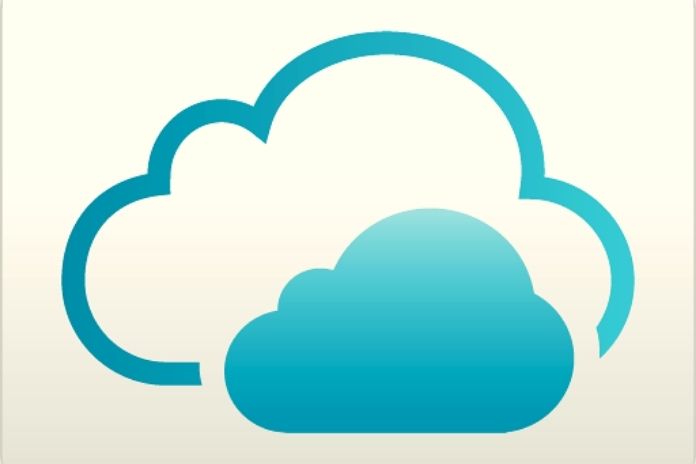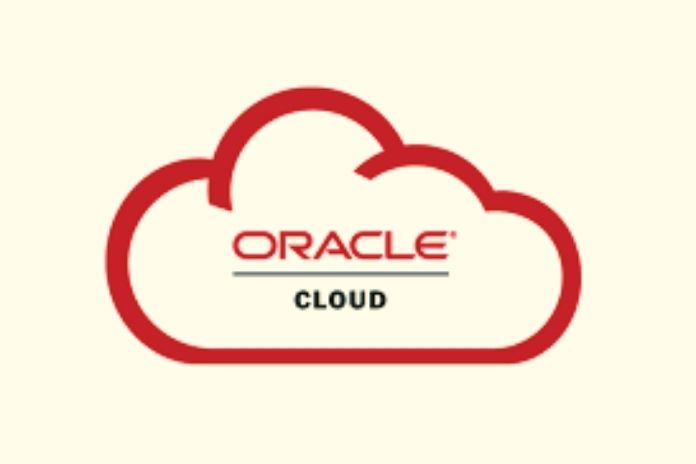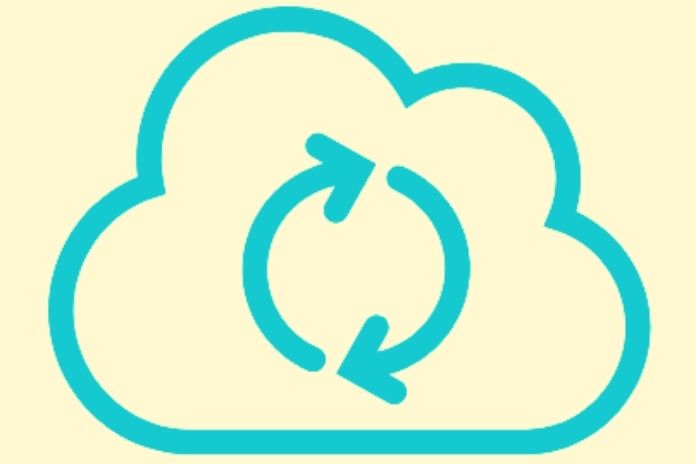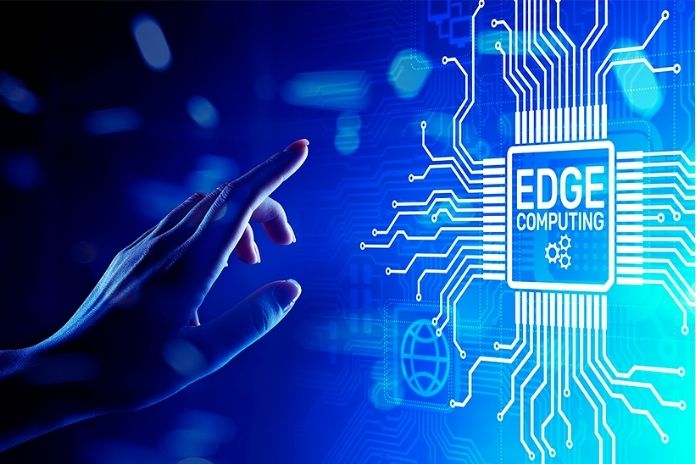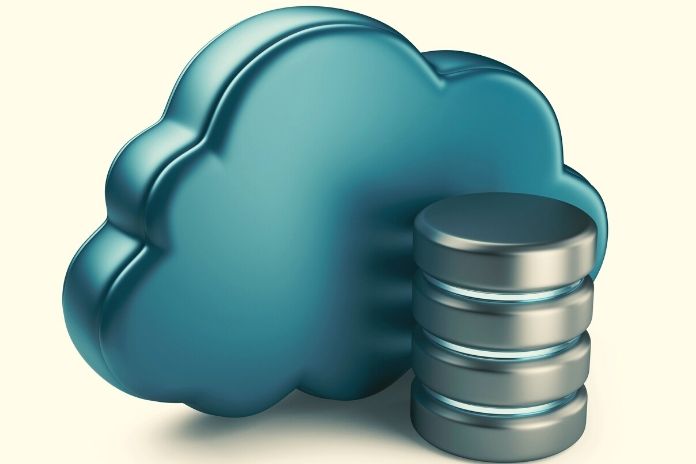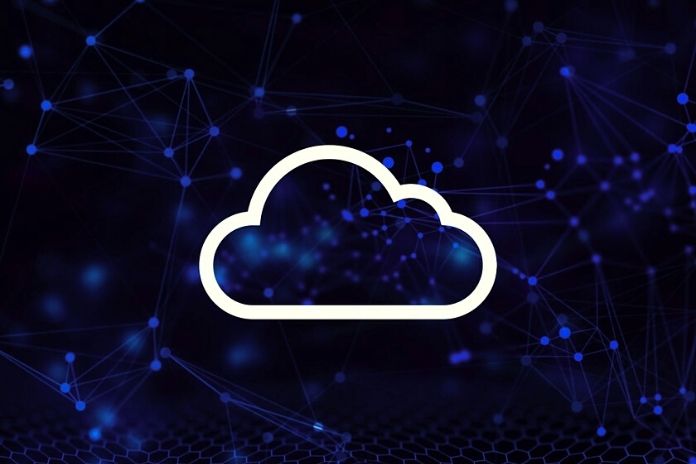The start-up Stackable offers big data solutions in the enterprise cloud operated by Ionos. In contrast to the offerings of the hyperscalers, Stackable’s offering is based on an open and flexible platform that consistently relies on open source components. Customers can choose which tools they want to combine in which version. This should make it possible to create tailor-made, open-source-based solutions that do not bind the customer to a specific provider.
“The open-source market for big data platforms has changed significantly since 2021,”. “Cloudera has put all its products behind a paywall.” After Cloudera changed its offering structure, there is no longer an open, free, all-in-one big data solution. This process joins a long list of license changes in recent years. Just look at what happened to Redis, MongoDB, and Elastic.
“Elastic is no longer open-source software since it switched its license from Apache 2.0 to a Server Side Public License (SSPL) and the Elastic License,”. A good opportunity, then, to return to the old virtues of open source and, at the same time, reassure yourself of the advantages offered by the Gaia-X project.
“Ionos participates in the Gaia-X project at the Federal Ministry for Economic Affairs and Energy (BMWi) invitation.” “We are working together with the community and as part of the Technical Committee to achieve true interoperability and portability through infrastructure standardization – also a basis for a data ecosystem. In this infrastructure, data can be stored, processed, and exchanged trustingly, and entire ecosystems for solutions can be created.” This is very important concerning data sovereignty. “Open source software is a key to digital sovereignty – always based on values such as openness, data security, data protection, etc.”
With Gaia-X To Data Autonomy
Although Gaia-X is open to offers from hyper scalers, it is also a European alternative to their recommendations, primarily designed to retain customers over the long term. “Although hyper scalers deliver big data infrastructures from the cloud, there are several hurdles before getting this infrastructure up and running: the individual organization, the APIs, the security, etc..” Therefore, it is not surprising that Ionos, with its infrastructure and Stackable with its big data solution, are more aimed at medium-sized and smaller companies that want to see their requirements and wishes implemented. Medium-sized companies, in particular, depend on differentiation from the competition.
Therefore, the essential task of the stackable service provider is to bring together knowledge, tools, and newly required interfaces.”Stackable also offers its customers system and service integration or composition as a service, either consulting or self-service (best of breed).”
“We write software that knows how to deploy, monitor, and manage other software.” “Our knowledge primarily relates to open source and big data, i.e., Apache Hadoop and the ecosystem that has developed from it with components such as Apache Kafka, Apache Spark, Apache NiFi, etc.” The knowledge is in operators.
operators are “patterns” primarily used in the Kubernetes ecosystem. “Operators ensure that a site’s software works reliably.” They codify human operators’ knowledge of how an application should work, how it should be monitored, and how it should be used.
All components of a big data solution should be cast in code for reuse. “Kubernetes nodes, for example, come from a provider like Ionos as an IaaS service,” “Data assets come from Gaia X cloud providers, for example, from the Weather Service (DWD).” Integrating additional services is very complex and annoying, such as log aggregation, metrics collection, security, etc. “Therefore, we hope to provide Gaia-X standards, such as Federated Services.”
Stackable, Ionos, And Gaia-X
Stackable itself supplies its enterprise customers and service providers with infrastructure as a code, operators and agents, etc. the seamless integration with Gaia-X allows remote infrastructure execution; secondly, implementation in hybrid scenarios is public-private or in the multi-cloud.
Running in the cloud also enables managed services. Another step is to make SCS, i.e., the Sovereign Cloud Stack, compatible. “Individual members of Gaia-X have joined forces to develop the SCS based on OpenStack.” The SCS as a technology stack based on OpenStack is an open-source cloud orchestration tool plus a cloud operating system.
In addition to the SCS, other cloud stacks are Gaia-X compliant. This includes the IONOS High-Performance Stack, which is also based on open source and has been tried and tested on the market for more than ten years. The SCS, on the other hand, is still under development and still has to prove itself under full load.
“It’s not about creating new standards for metrics, logging, and similar topics necessary for operating an enterprise-capable platform. Rather, the goal is to integrate existing solutions as possible,”. Examples of such standards and integrations are OpenTelemetry, “OpenCensus,” or Open Policy Agent.
Summary
Because it only uses open standards and tools, Stackable does not require customer disruption but instead fits into its IT landscape with an open-source license.
By using open-source software and integrating existing standard solutions, Stackable tries to cause as little customization work as possible for the customer. “This goal is not for the customer to bend their surroundings to suit us. Rather, we want to be so flexible that we can dock onto existing integration points at the customer,”.
Stackable sees the primary added value in the knowledge that operating open-source software is supplied as code and no longer has to be built in-house at the company. This allows Stackable customers to concentrate fully on the value-added use cases for which the company only provides the platform’s basis.
ALSO READ: Oracle Tunes Cloud Analytics Capabilities

